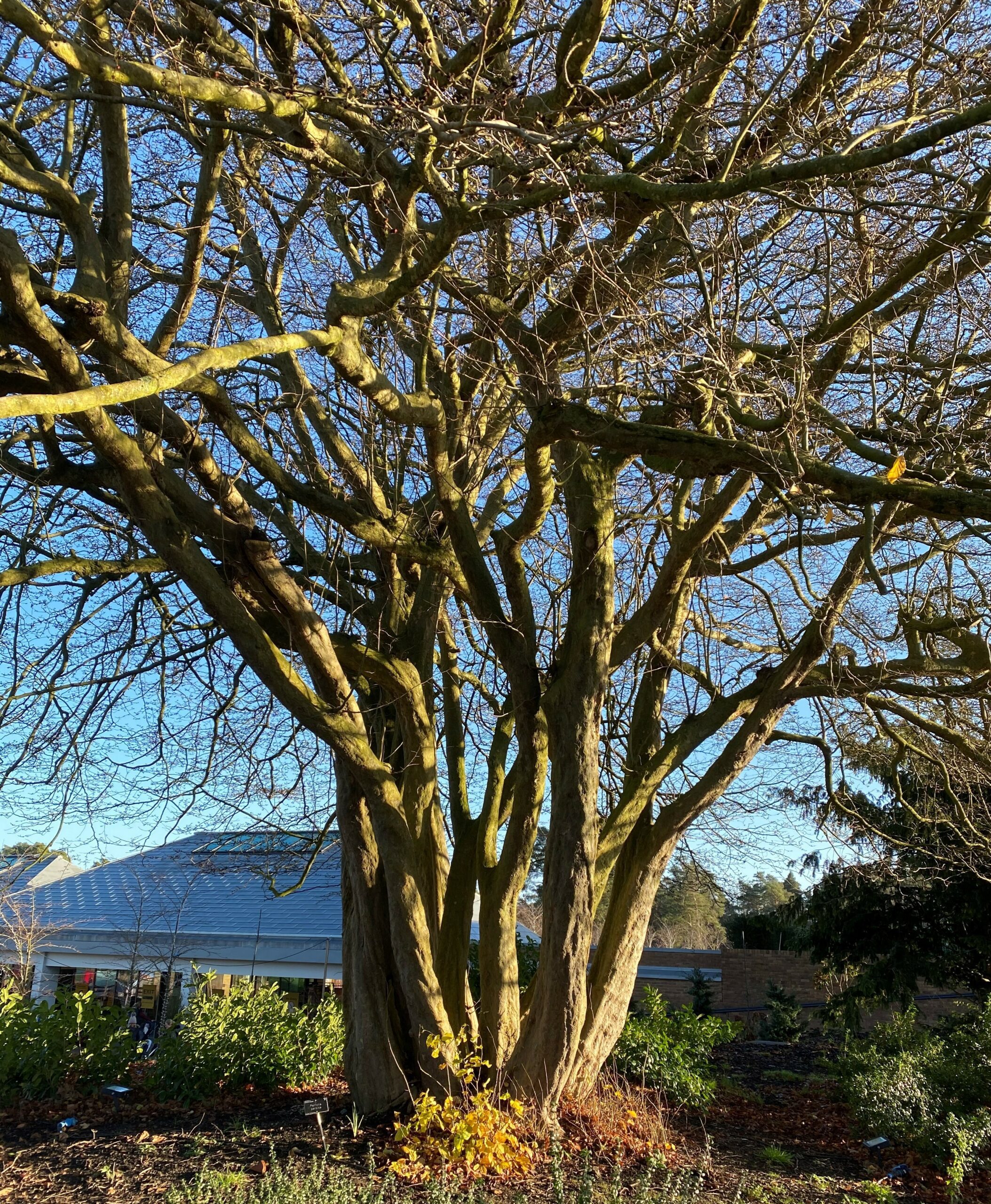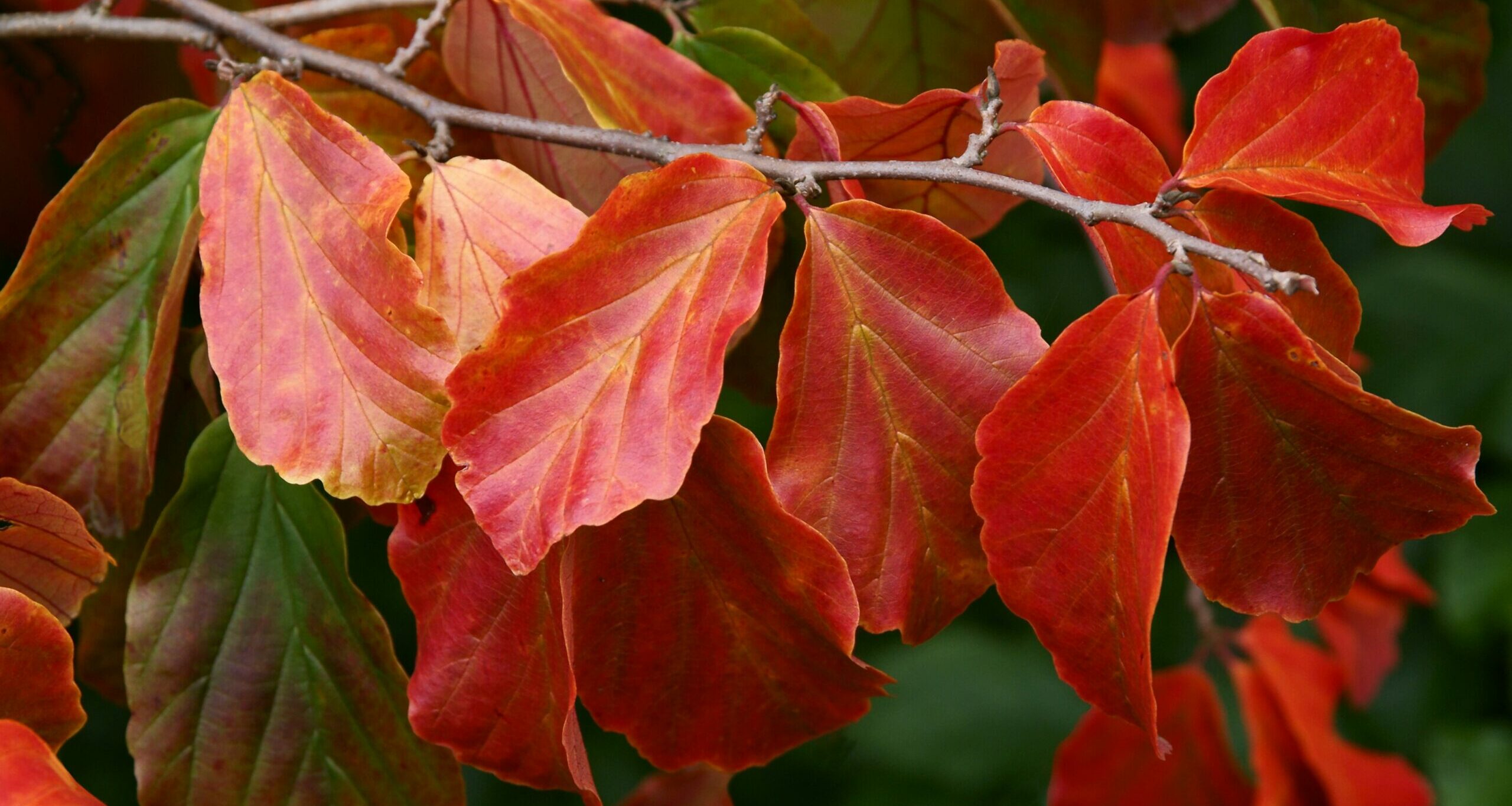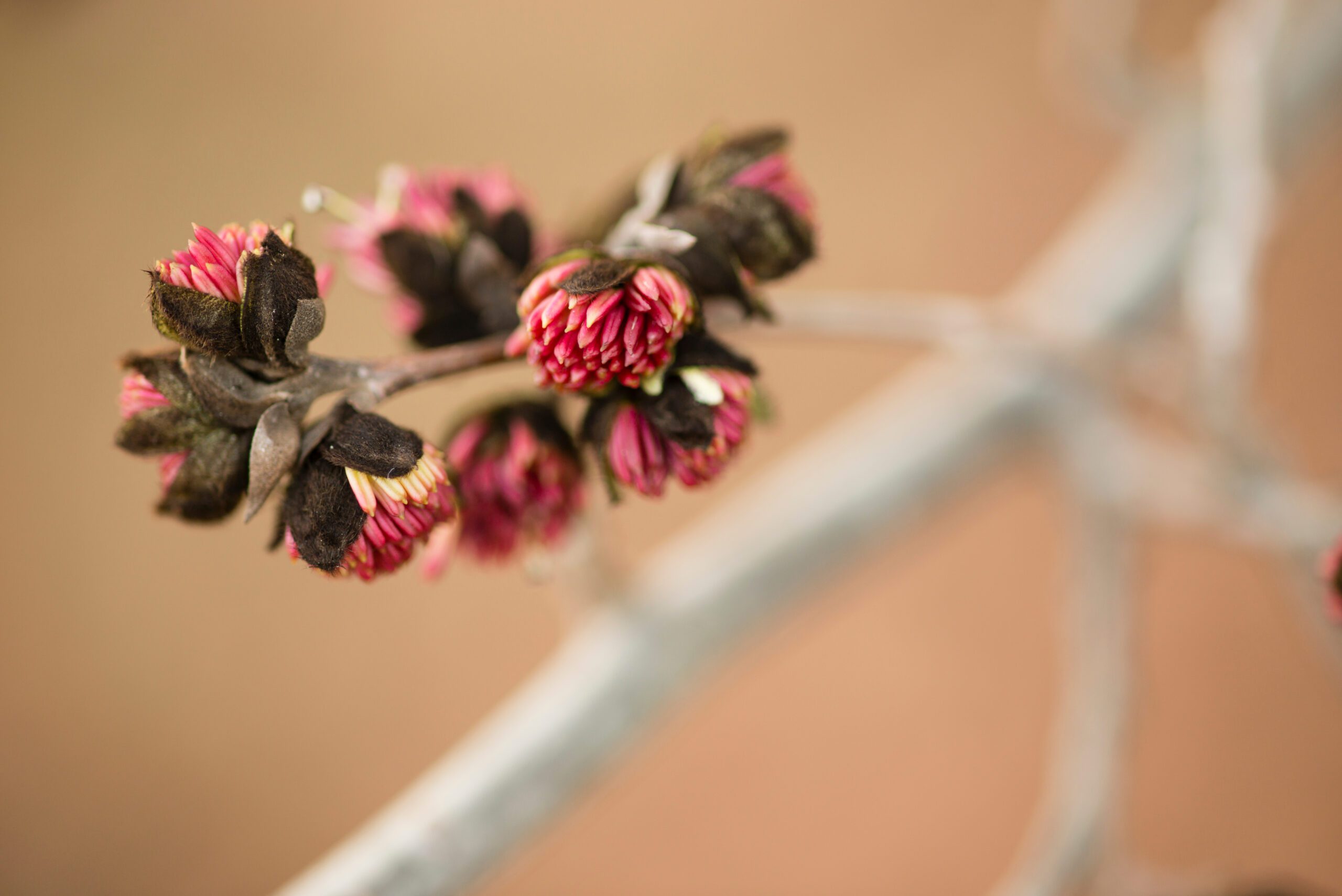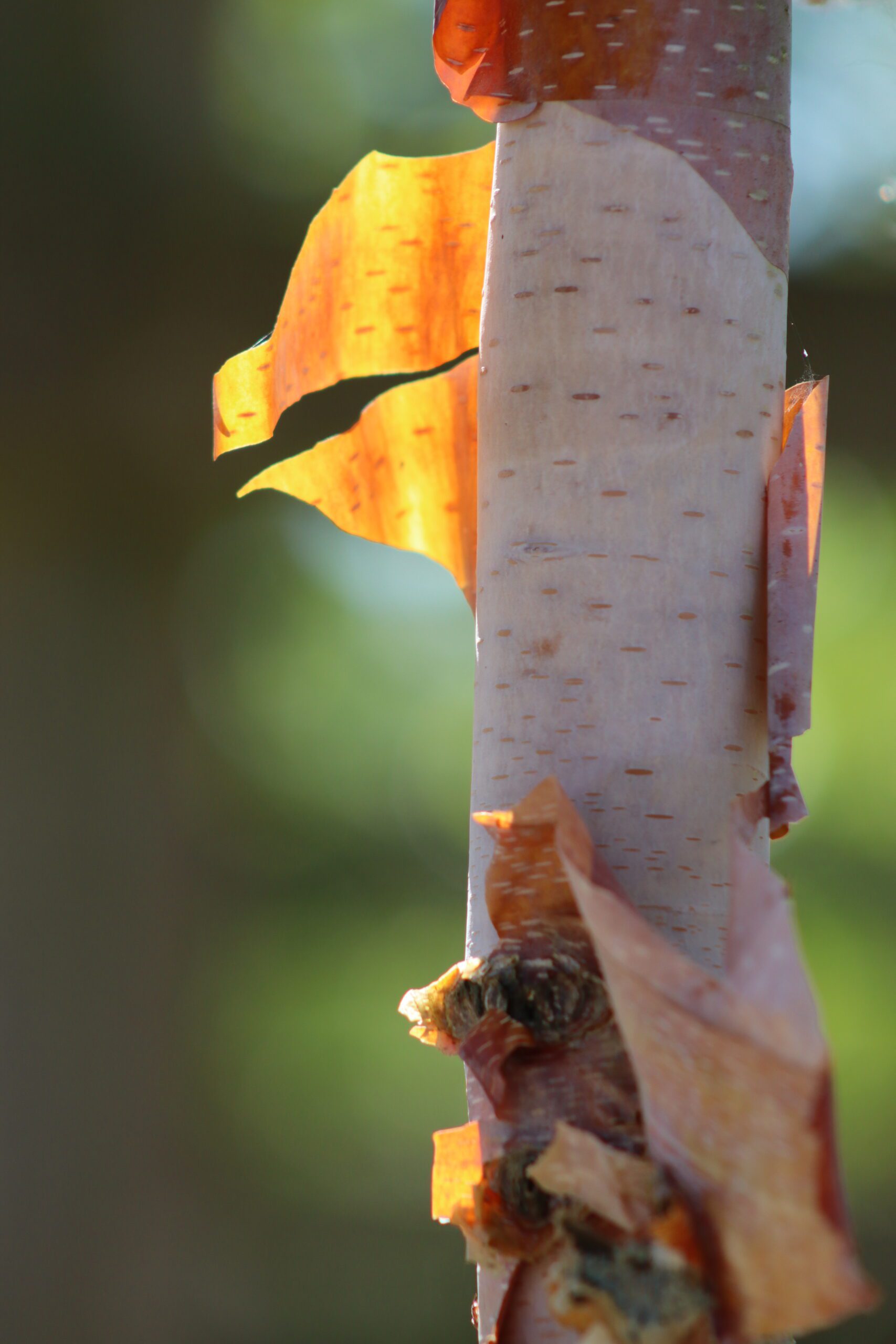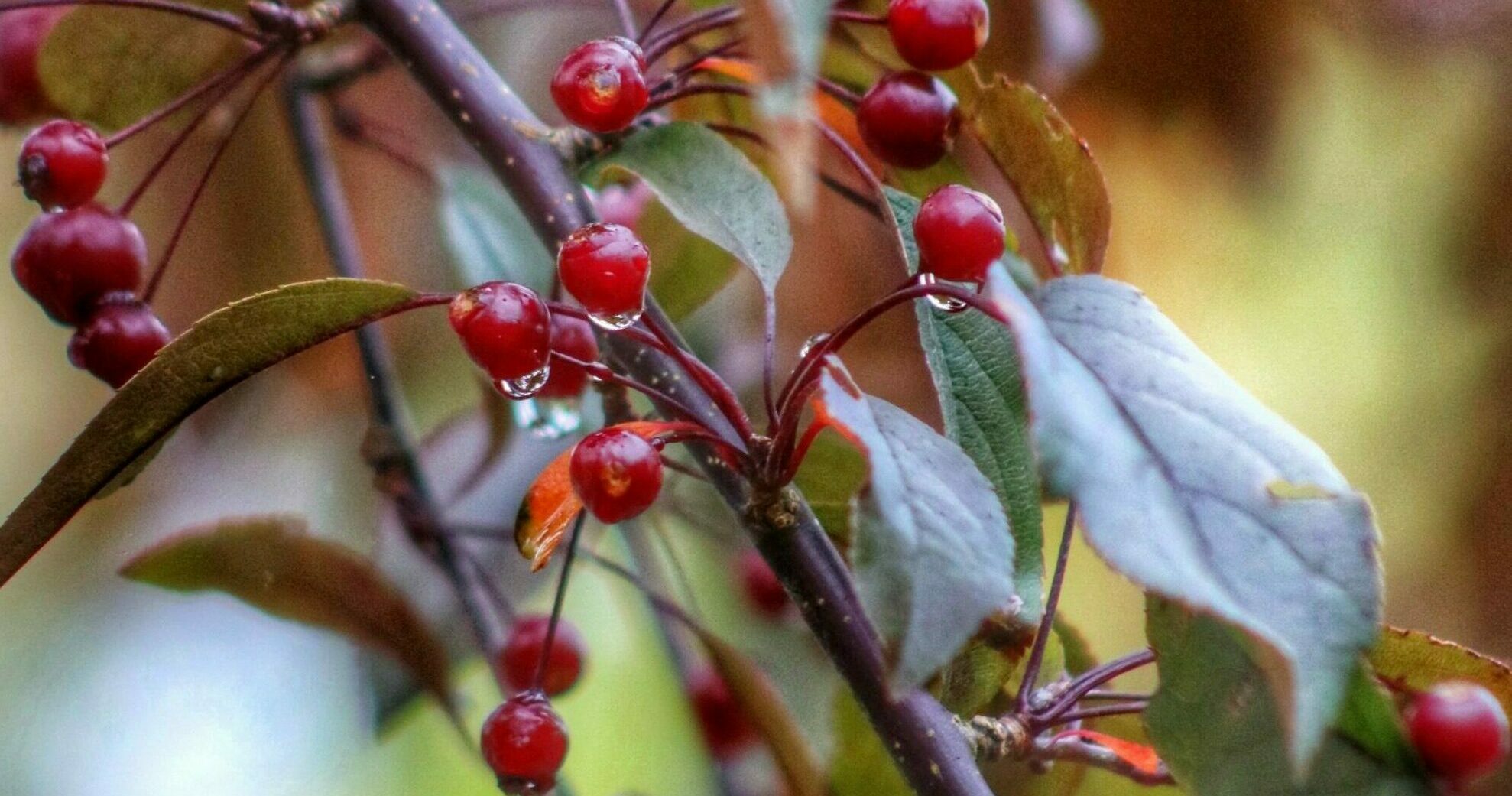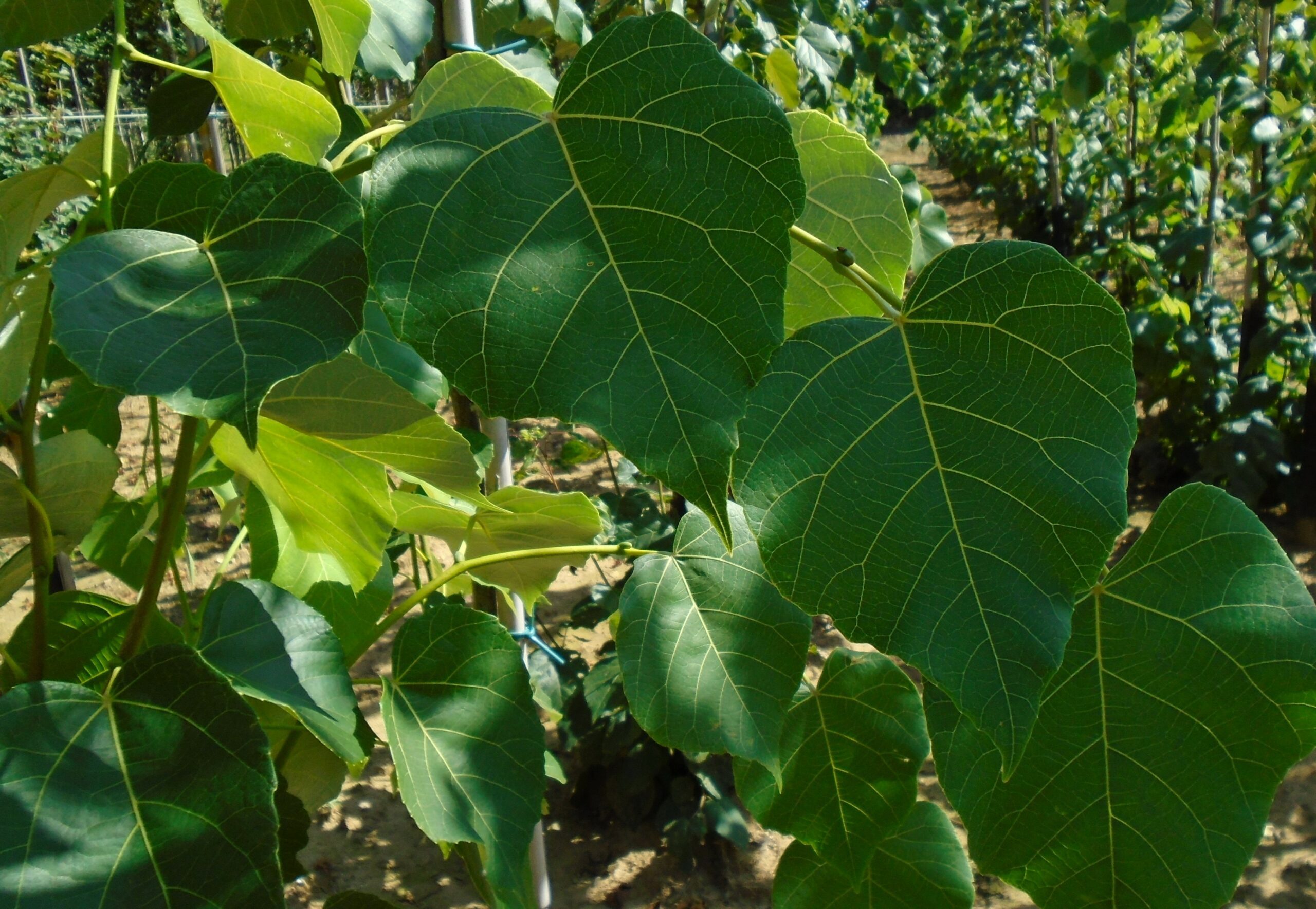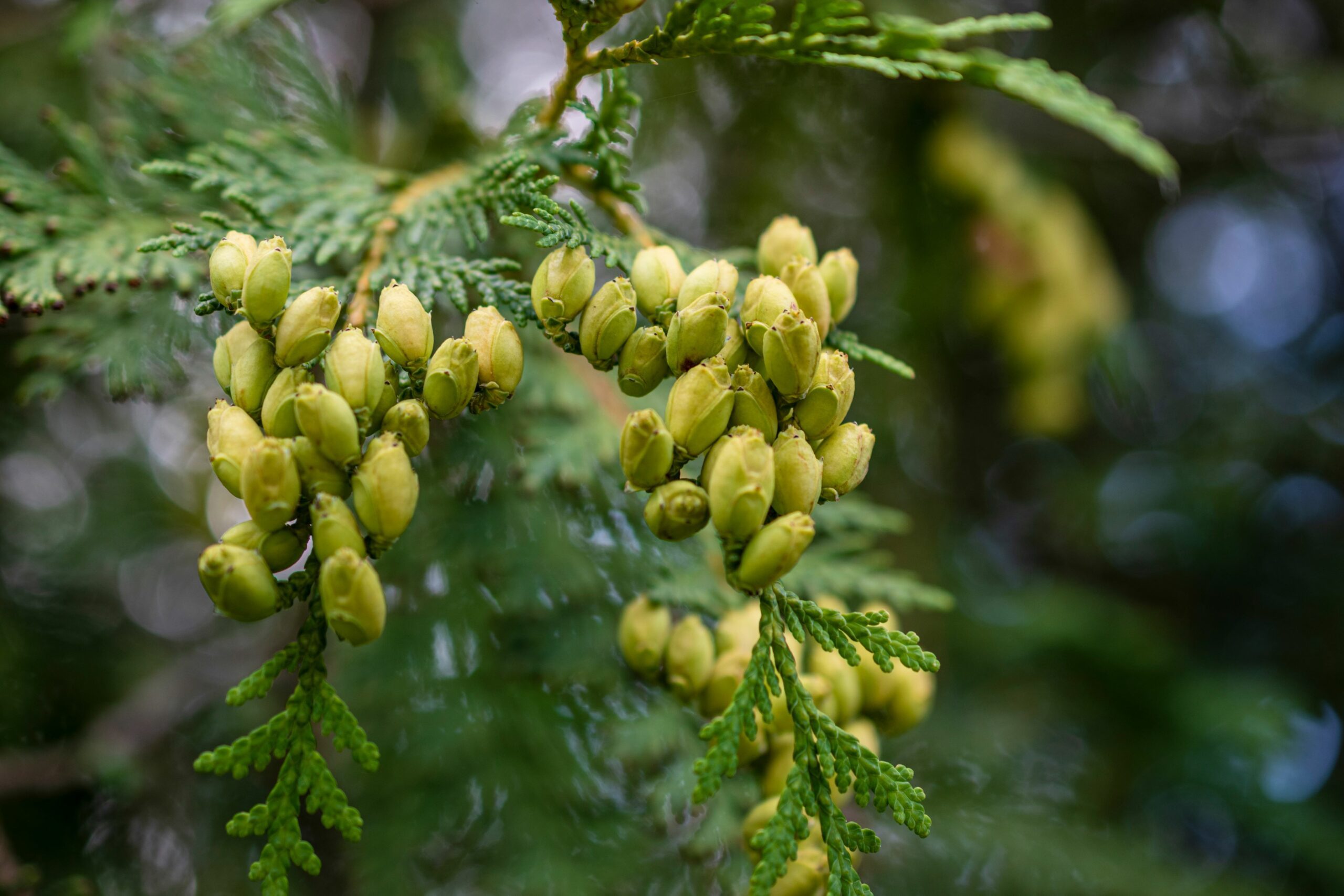Tree Information
Specialities
Tolerances
Wet Soil: Medium
Dry Soil: Low
Lime: Medium
Parrotia persica, commonly known as Persian Ironwood, is a deciduous tree that is native to the regions of Iran. It is admired for its stunning beauty and ornamental value and is named after Freidrich Parrot who first discovered it in the 19th century. Parrotia persica was introduced to Britain in 1977 by Fliegner and Simmons from the Elburz Mountains of N. Iran.
One of the most striking features of Parrotia persica is its foliage. The alternate leaves are ovoid and elliptical in shape, with a slightly leathery texture and serrated margins. When they first appear, they have a red undertone, then transition to a deep green with a lighter green on the underside. As the season progresses, the tree brings one of the finest autumnal displays to be seen, with its vibrant hues of luminous yellow-golds, orange reds and violet tones. This fiery display makes the tree a popular choice for adding autumn interest to any setting.
The bark is equally impressive. Its smooth grey-brown in colour and as it matures it peels away in patches, similar to the Platanus hispanica. This reveals a tapestry of vibrant cream, yellow and green colours. Its texture and colouration make it a standout specimen during the winter months when other trees are bare.
Persian Ironwood is relatively low maintenance and adapts well to a variety of soil types. Its hardiness makes it a perfect tree for the British climate and its year-round visual interest brings a touch of elegance and beauty to any landscape.
Visit our Useful Resources for in-depth guides
Discover guides to help you with specifying your trees, caring for your trees and understanding the weights and dimensions of trees.
Useful ResourcesSize
Small/Medium
7m high x 5m wide after 25 years
Environment
Ideal tree for an open woodland setting, parks and housing estates.
Canopy
Slow growing when young. Wider than it is tall. Broadly funnel shaped to broad round habit.
Foliage
Alternate ovoid - oval red leaves appear in spring. Slightly leathery texture and serrated margins. Serrated margins and are around 6-10cm long. These become a deep green with a light green underside in summer before turning luminous yellow-golds, orange reds and violet tones in autumn.
Flowers
Usually only the older specimen’s bloom. Pinkish red flowers appear in clusters, 2cm large with striking red anthers.
Fruit
1cm spiked brown fruit
Resilience
Grows in all soil, including clay, loam, sand, slightly acidic and slightly alkali. Will thrive on chalk. Likes soil to be slightly dry to moist. Prefers sunny to partially shaded location. Is resistant to frost and can withstand wind.
Make an Enquiry
Enquire below and speak to one of our expert team. For trades only, for general public enquiries click here.
Find Trees For Your Project
View Our TreesSpeak to a Member of Our Sales Team
Make an Enquiry
